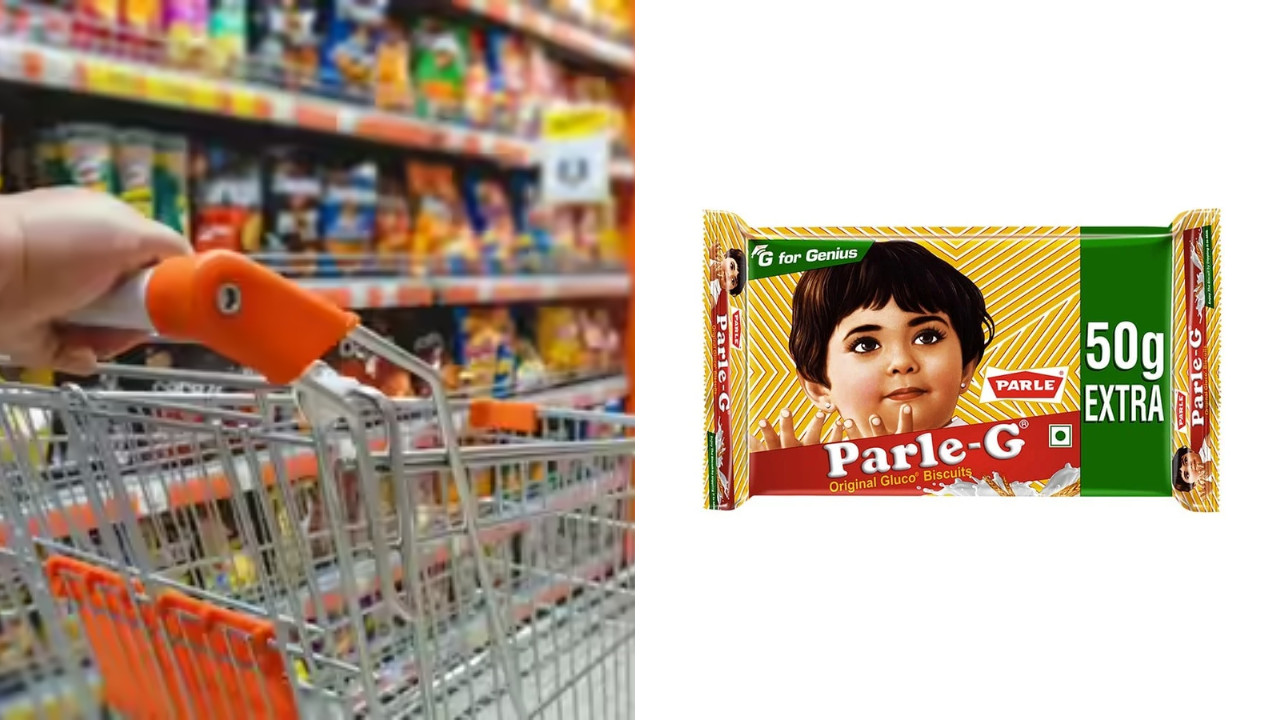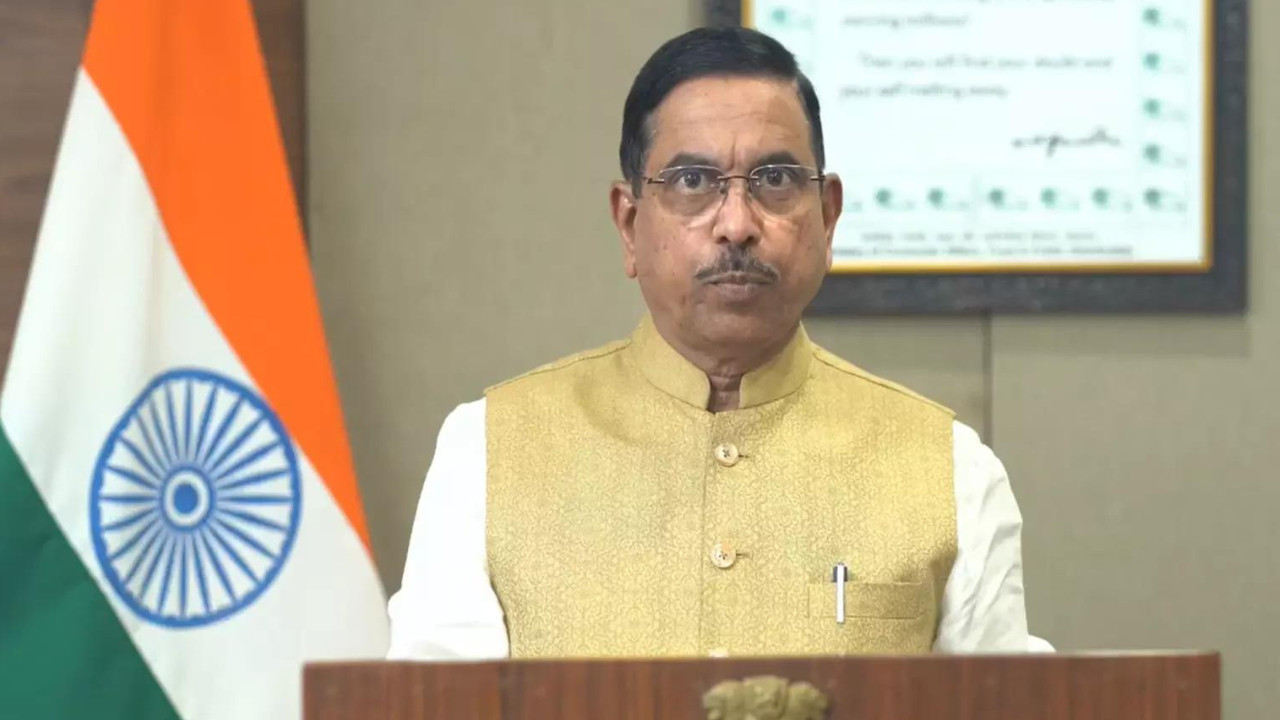The End of an Era: How GST 2.0 is Reshaping FMCG and Your Wallet
Remember that comforting feeling of snagging a ₹5 or ₹10 snack? That familiar transaction, almost ritualistic, is slowly fading into memory. A wave of change is sweeping through the Fast-Moving Consumer Goods (FMCG) sector, and it’s largely driven by the implementation of what’s being called GST 2.0. We’re talking about a fundamental shift in how these everyday essentials are priced and packaged, and it’s time to understand why.
For years, FMCG companies have cleverly navigated the complexities of the Goods and Services Tax (GST) system to maintain those oh-so-popular price points. These “magic prices,” as they’ve been dubbed, were achieved through a mix of strategies: absorbing some of the tax burden, optimizing packaging, and even accepting slightly lower profit margins. Think about it: that small sachet of shampoo, the single-serving biscuit pack, the affordable little treats that lined the shelves of your local kirana store. They were carefully calibrated to hit those price targets.
But the landscape is shifting. GST 2.0, armed with stricter enforcement and a crackdown on input tax credit loopholes, is making it increasingly difficult for companies to maintain these practices. The result? Those iconic ₹5 and ₹10 packs are vanishing from the shelves, replaced by larger, often more expensive alternatives. This isn’t a sudden decision; it’s a calculated response to the evolving tax environment.

What’s Driving the Change? The Mechanics of GST 2.0
The core issue is input tax credit (ITC). Businesses are allowed to claim credit for the GST they pay on their inputs, which reduces their overall tax liability. However, GST 2.0 is tightening the screws on this process. There’s increased scrutiny of invoices, stricter matching of input and output taxes, and a general push for greater transparency. This leaves less wiggle room for FMCG companies to absorb the GST burden on those smaller packs.
Imagine a biscuit manufacturer. They pay GST on the flour, sugar, packaging materials, and other ingredients they use. Previously, they might have been able to offset a significant portion of this through ITC, effectively subsidizing the cost of their ₹5 biscuit pack. Now, with the enhanced compliance measures, that becomes much harder.
The impact extends beyond just the companies. Distributors and retailers are also feeling the pressure. The reduced availability of these low-priced packs means they need to adapt their inventory and sales strategies. Many small retailers relied heavily on the volume of sales from these budget-friendly items, and their absence could impact their bottom line. If you want to learn more about the broader economic implications, you might find this article on navigating economic shifts helpful.
The Implications for Consumers: Is This Bad News?
So, what does all this mean for you, the consumer? In the short term, it likely means paying a bit more for your favorite FMCG products. You might have to opt for a larger pack size, which, while offering more product, also requires a higher initial outlay. This could disproportionately affect lower-income households that rely on these smaller, more affordable options.
However, there could also be some long-term benefits. With companies focusing on larger pack sizes and potentially higher profit margins, they might invest more in product quality, innovation, and sustainable practices. This could lead to better products and a more ethical supply chain.
Navigating the New Reality: Adapting to the Changing FMCG Landscape
The disappearance of the ₹5 and ₹10 packs marks a significant turning point in the FMCG sector. While the immediate impact might be felt in our wallets, the long-term effects could reshape the industry for the better. Businesses, retailers, and consumers all need to adapt to this new reality. It’s a shift driven by a desire for greater transparency and efficiency in the tax system, but the true test will be how well the industry navigates these changes while continuing to cater to the needs of a diverse consumer base. GST 2.0 is prompting a fundamental rethinking of product strategy.







